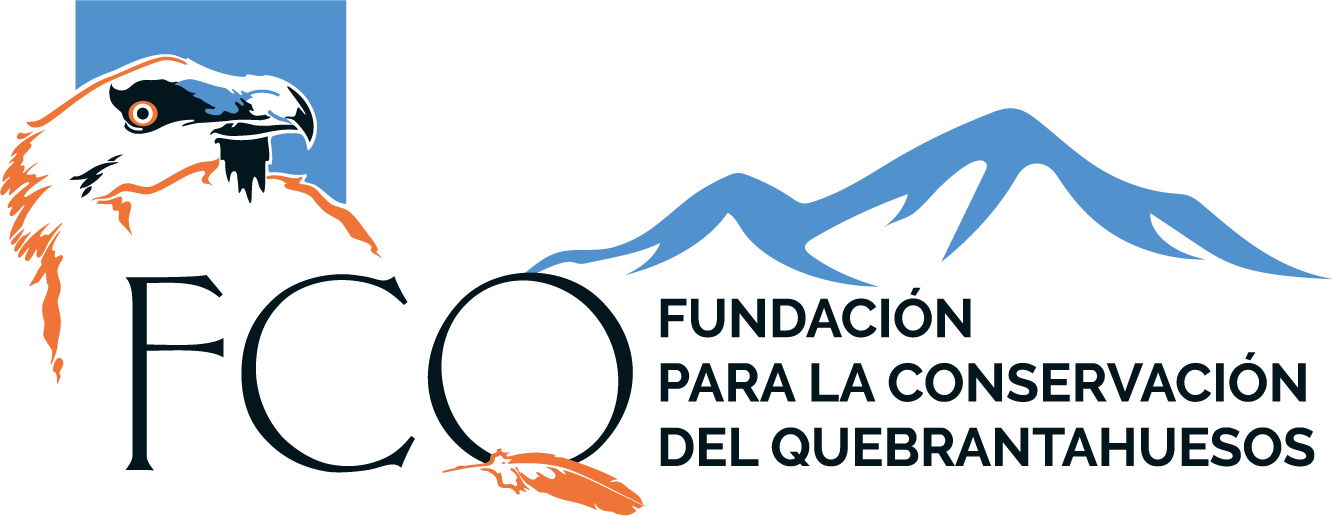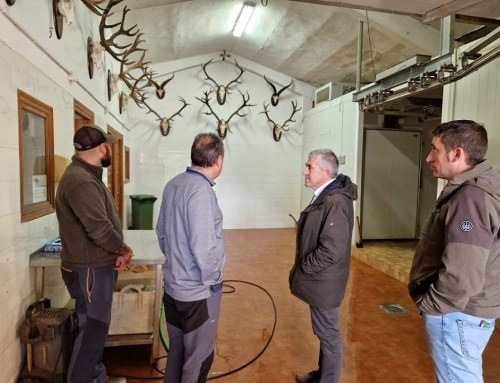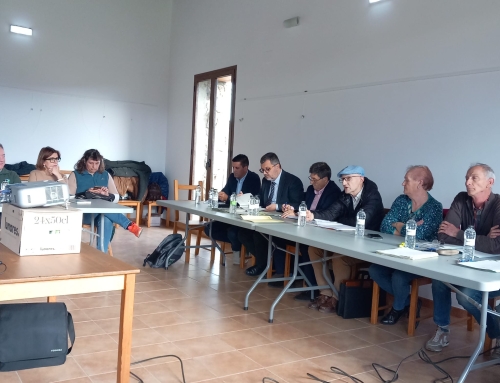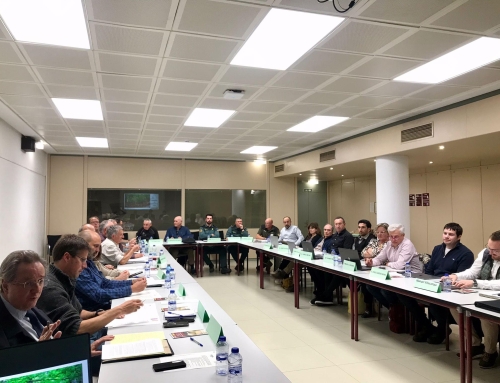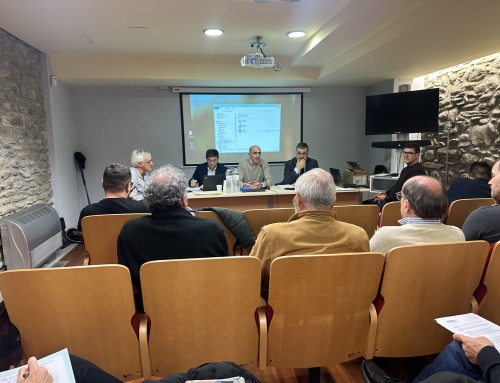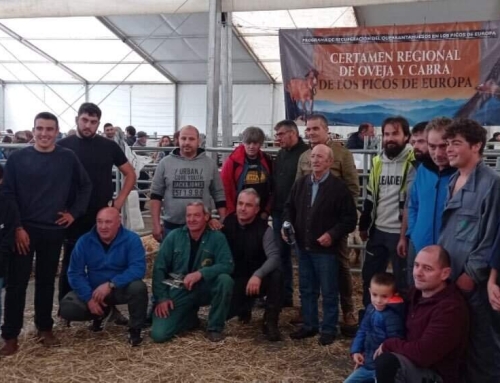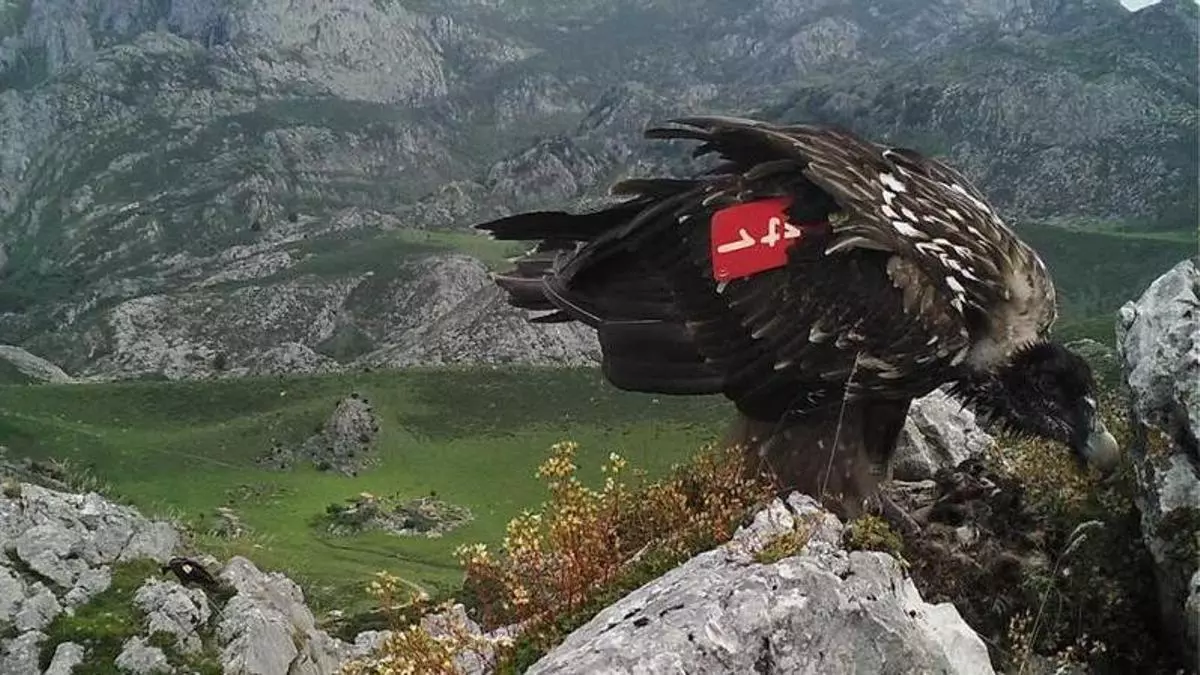
Bearded vultures reintroduced in Picos de Europa are halfway to self-sustainability.
The population already numbers about 45 specimens, which is almost halfway to the 100 or 120 that are estimated necessary to guarantee their subsistence. The population of bearded vultures in the Picos de Europa National Park continues to recover and already has about 45 specimens, placing it almost halfway to the 100 or 120 that are estimated necessary for the species to be self-sustaining. This has been pointed out to EFE the director of the Foundation for the Conservation of the Bearded Vulture (FCQ), Gerardo Báguena, who is “optimistic” about the future of this bird in the Cantabrian Mountains, where it became extinct. The main fact, emphasizes Báguena, is that there are already four breeding pairs in Picos de Europa. four breeding pairs in Picos de EuropaThe main fact, emphasizes Báguena, is that there are already four breeding pairs in Picos de Europa, which has gone from having about thirty specimens last summer to about 45, most of them on loan from the Government of Aragon, an autonomous community that has about 400 bearded vultures and more than 90 breeding pairs. The goal is for Picos de Europa to reach a “self-sustainable” population that can maintain itself, that can grow and that constitutes a founding nucleus from extinction,” said the director of the FCQ. For the Bearded Vulture population in the Cantabrian Mountains to be self-sustaining, it has to reach at least 100 specimens. “We are less than half of what we should be,” he said. The bearded vulture, the only bird that feeds on bone remains, travels a wide territorial area to consume a bone, a resource that is “scattered, random and not very abundant”, which requires an average of nine hours a day of flight. The species takes an average of seven years to reproduce and lays only one or two eggs a year, which is why the survival of each individual is so important. On average, it is estimated that a bearded vulture lives up to 42 years in captivity and practically half of that, 20 to 22, when in the wild. “It is very hard. They face hunger, cold, accidents and competition with other species every day,” says Báguena.
The role of farmers
The director of the FCQ assures that the foundation is “excited” because the conservation of the bearded vulture is not only limited to the biological sphere, but also to the social one. According to Báguena, this species is “present and thrives in those places where it has assured food”. “We have the support of the sector that underpins it, the livestock sector, and thanks to it, the possibility of the species consolidating and prospering is guaranteed,” he said.
Source:
https://ileon.eldiario.es/tierra-verde/quebrantahuesos-reintroducidos-picos-europa-medio-camino-autosostenibles_1_11239779.html
